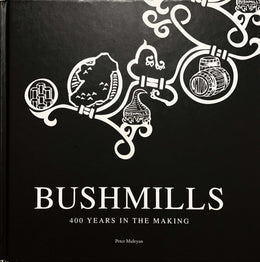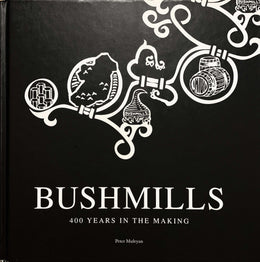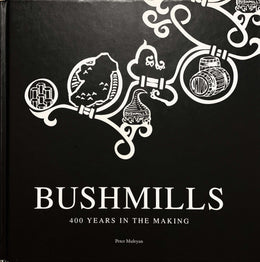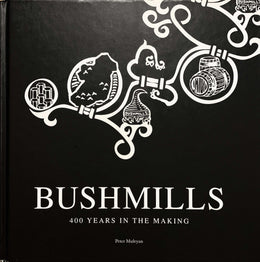The Old Bushmills distillery can trace its heritage back to a patent to distil that was granted 20th April 1608. But this being Ireland, nothing is as simple as it first appears. For a start a distillery was not built in 1608, and if aqua vitae was made in the area, it was no different from the stuff that was distilled in 1607. The first thing the patent, or licence shows is that whiskey making has been going on in these parts for a very, very long time. The second is that this was the first time the State saw a way of making money out of alcohol.
By the end of the 16th century, England was refocusing its attention on Ireland. The Ulster armies of Hugh O'Neill, along with those of his son-in-law Hugh O'Donnell, were locked in battle with the troops of Queen Elizabeth I of England, in what became known as the Nine Years War. O'Neill, with the aid of many—but not all—Irish chieftains was slowly pushing back Elizabeth's armies. By 1580, their power base greatly reduced, the English imposed martial law in the nominally loyal province of Munster. Among those who could be executed were "idle persons...aiders of rebels...makers of aqua vitae". Spirits were clearly seen as one of the causes of unrest.
What made the situation in Ireland intolerable for the Protestant Queen Elizabeth I was O'Neill's success in getting aid from the Catholic armies of Spain. Unlike the `old English' who arrived before the Reformation, the 'new English' were Protestant; Christendom was on fire and Europe was dividing along sectarian lines. Elizabeth I felt she had to secure Ireland, otherwise she was leaving the Realm open to a Catholic invasion. The Spanish, who had already sent a failed Armada, would next time come through Ireland. Their lines of supply now secure, they would then sweep across the narrow Irish Sea. It was something she could not allow. The fuse had been lit, religion and politics had been mixed, and over the following 400 years there would be horrific consequences for both communities.

Queen Elizabeth I of England

The armies of Elizabeth of England and King Philip of Spain, backed up by O'Neill's forces, finally met not far from Cork city, on a wet day in December 1601. After all the build up, and given what was at stake, the battle was little more than a brief skirmish. The Spanish surrendered, the Irish were routed and the forces of the Crown won their most important victory in Ireland. The Gaelic order collapsed, and O'Neill and the Gaelic chiefs of Ulster fled to Europe in what became known as the Flight of the Earls. This left the province of Ulster, the area most resistant to the English crown, leaderless.
Two worlds had collided. The Irish and the English had different legal systems, culture, language and religion —they even used a different calendar. The English followed the old Julian calendar and the Irish the Gregorian as decreed by Pope Gregory XIII in 1582. With the departure of the Gaelic Lords, the way was clear for what became known as the Plantation of Ulster. Following the death of Elizabeth, this was a unique opportunity for the newly crowned James I to reward the many who had claims on his patronage.
One of those patrons was about to move into the Route in the then County of Coleraine, an area that contains the modern-day town of Bushmills.
Written by Peter Mulryan
The text is an excerpt from "Bushmills: 400 Years in the Making" (pp. 19 - 21), written by Peter Mulryan, published 2008 by Appletree Press Ltd.







